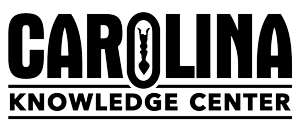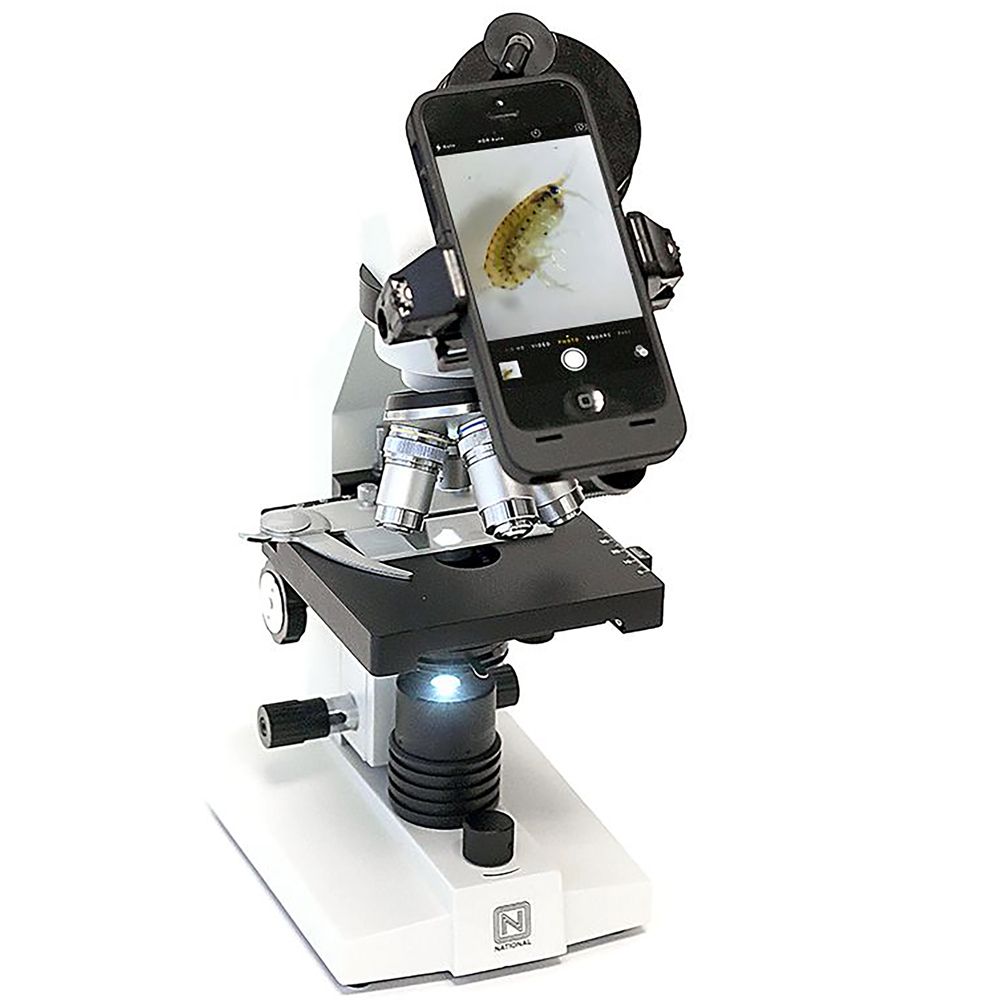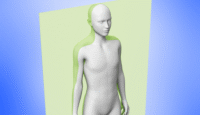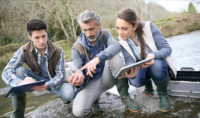Assistive and adaptive technologies are designed to support students, including those with disabilities, in their educational pursuits. These technologies aim to enhance learning experiences, provide equal opportunities, and foster independence. Assistive and adaptive technologies are particularly important in the science classroom given the hands-on, laboratory component of science classes.
Here are a few examples of assistive and adaptive technologies that can make science classrooms more accessible, more adaptable to science and engineering principles, and more enjoyable.
Microscopes
Many concepts in biology are enhanced with microscope work that may be difficult for students with vision challenges. There are now several ways microscope activities can be adapted using scopes that project images, send images to personal digital devices, or even turn cell phones into microscopes. One of the easiest ways to serve the needs of visually challenged students is to enlarge the material being viewed. The microscopes below make adaptability quick and easy.
Novagrade 597050 adapts to more phone styles and is heavier in construction. This device holds a phone securely to a conventional microscope’s eyepiece for viewing. Students can view and capture images from the microscope just as if they were in class.
Classroom Furniture
Classroom furniture is another area where item selections can facilitate student accessibility so that you can concentrate on teaching.

Flexibility is the key component of this metal table. Perfect for makerspaces and fab labs, its height adjusts from 25-1/2 to 35-1/2″. Casters, sold separately, add 4″ of additional height. This table can adjust to most wheelchair heights and provides the laminated surface needed to perform labs safely.

When you need to accommodate student needs quickly, this table height can be adjusted without tools from 27 to 39″ in 2-cm increments. Select the height that best serves student needs. It can even be adjusted to make inclined surfaces.

Meters and Probeware
Students are often expected to use different meters to collect laboratory data. Being aware of the meter’s readout can make data gathering easier for students with visual or auditory challenges.

The 10-Level Conductivity Meter uses a LED display with accompanying bars for strength comparison. There is also a graphic indicating how to turn the meter off and on to accommodate non-English speakers.

Go Direct® Colorimeter
Use this sensor to explore absorbance and percent transmittance in a variety of experiments.

Go Direct® Weather System
The Go Direct® Weather System lets you easily monitor a variety of environmental factors with just one affordable, wireless handheld sensor.
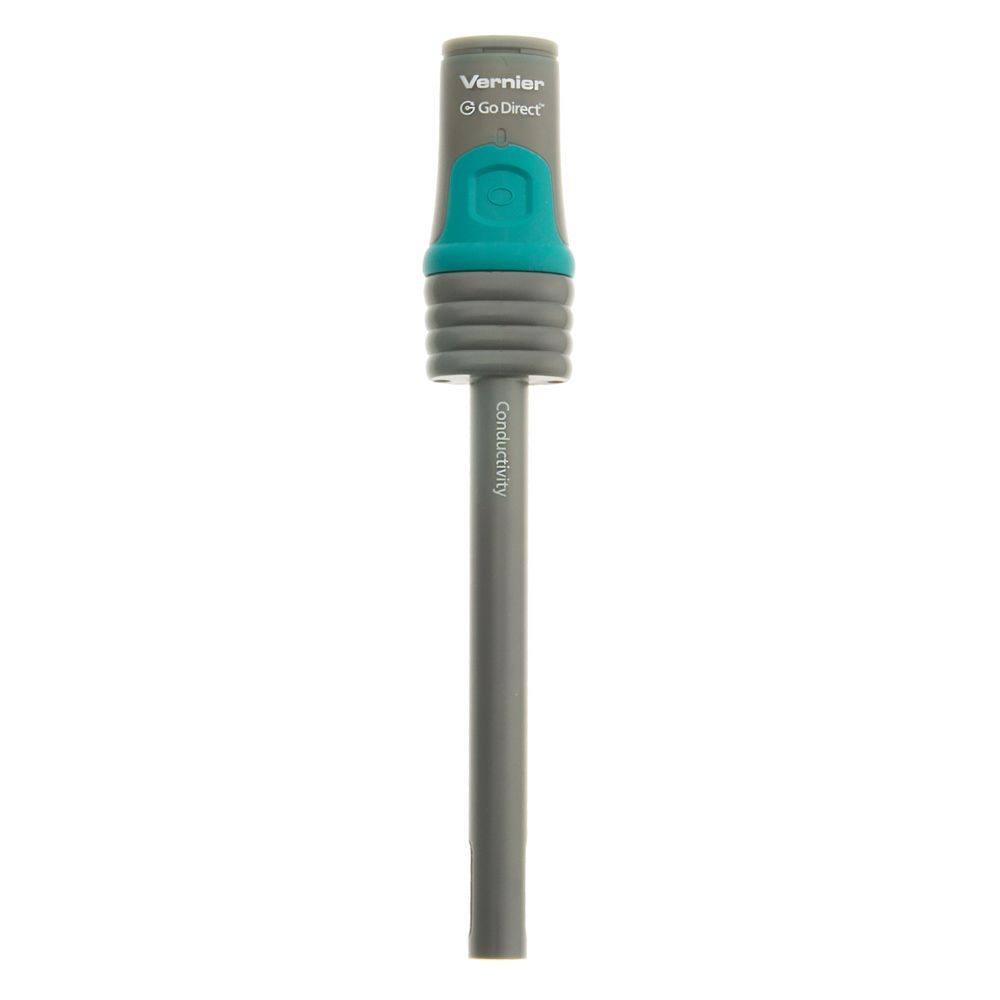
Go Direct® Conductivity Probe
The Go Direct® Conductivity Probe determines the ionic content of an aqueous solution by measuring its electrical conductivity.

Go Direct® Sensor Cart
The Go Direct® Sensor Cart gives students a great way to explore force, position, velocity, and acceleration.
Hands-On Science Kits
If you need more than just lab materials and want complete learning solutions, explore our complete line of science kits. The kits come with a year’s subscription to Carolina Science Online (CSO), our learning management system. CSO gives teachers the opportunity to individualize assignments and reading-adaptive technologies like read-aloud options, alter student guide font size, and provide instructional videos as examples. CSO is also compatible with Google Classroom software so that language translations can meet every student’s needs.
A number of our kits also have adaptations for visually impaired students. The PlayDNA!™ Model Kits incorporate Braille labeling on model pieces as well as pieces that are uniquely shaped for identification by touch. Model kits include DNA and RNA, so the processes of DNA replication, translation, and transcription are accessible to visually impaired students.
Developed specifically for visually impaired students, the Interactive Atom Set allows students to feel the structure of the atom, both nuclear composition and electron arrangement. Atomic particles are molded so their respective charges can be felt on the top surface of the particle and electron orbitals around the nucleus are raised rings. This tactile model makes identifying the subatomic particle composition and particle locations easy for all students.
We’re here to help you find ways to adapt your classroom setting to make science and hands-on experiences more accessible for your students. We have experts ready to answer your questions and guide you through the selection process.

